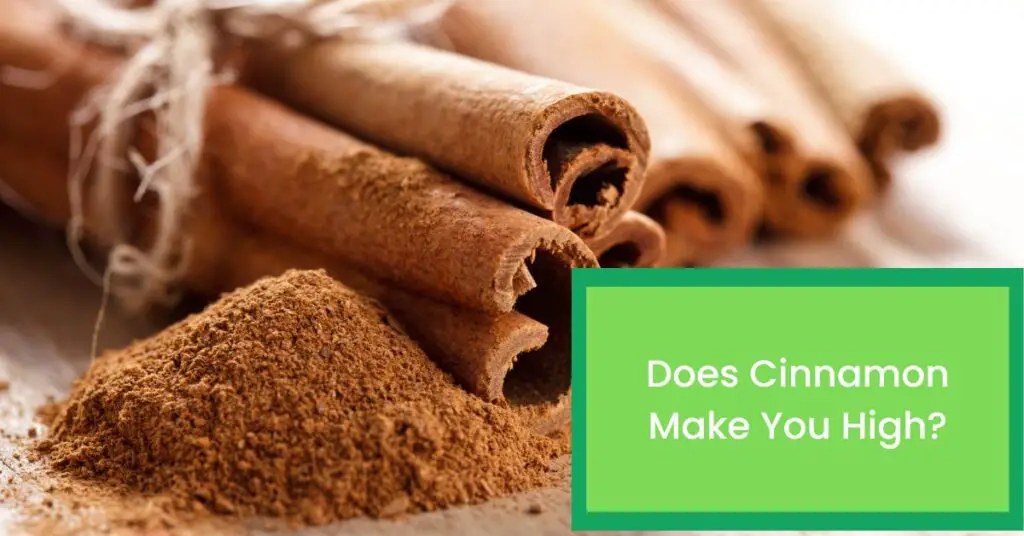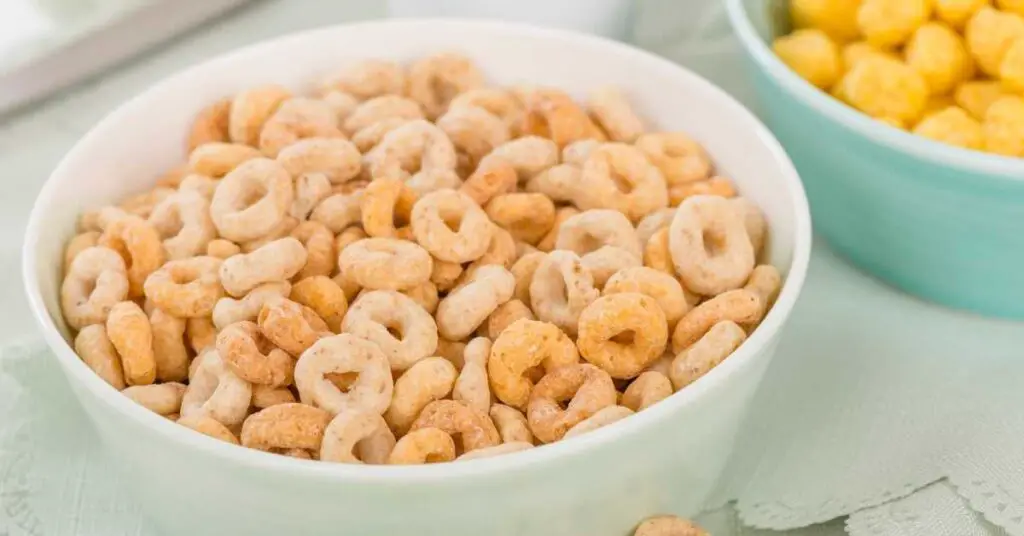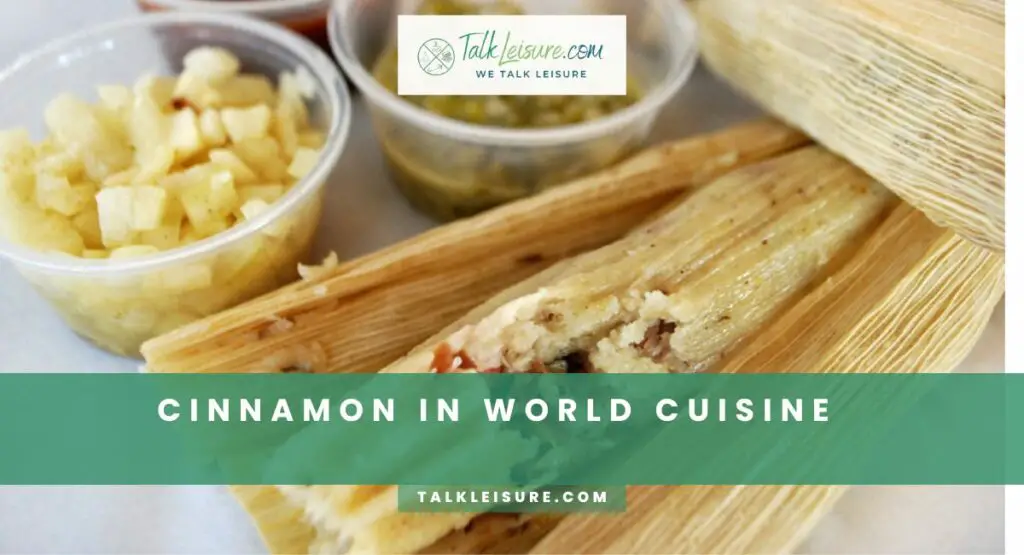Hello everyone! I hope you’re all doing well. Today, I want to talk about the wonderful spice that is cinnamon.
Cinnamon is a versatile and aromatic spice that has been used for centuries in cooking and medicine.
It adds a unique flavor and warmth to a wide variety of dishes, making it a favorite among chefs and food enthusiasts alike.
But did you know that there are different types of cinnamon?
In this blog post, we’ll explore the various types of cinnamon and their popularity in different cultures.
We’ll also delve into the historical significance of cinnamon and its journey through time. So, let’s get started!
A Comprehensive Guide to Different Types of Cinnamon
Different Types of Cinnamon
Cinnamon comes in different varieties, but the two most popular types are Ceylon cinnamon and Cassia cinnamon.
Here’s a comparison between the two:
| Ceylon Cinnamon | Cassia Cinnamon |
|---|---|
| Light brown color | Dark brown color |
| Delicate and sweet flavor | Strong and spicy flavor |
| Native to Sri Lanka and Madagascar | Mainly grown in China and Indonesia |
| More expensive | Less expensive |
6 Cinnamon Plant Varieties and Their Unique Characteristics
Despite their differences, both types of cinnamon are widely used around the world.
Ceylon cinnamon is more popular in Europe and Mexico, where it is a vital ingredient in pastries and desserts.
On the other hand, Cassia cinnamon is commonly used in the United States and Southeast Asia, especially in savory dishes and beverages like mulled wine.
Cinnamon’s Historical Significance
Cinnamon has a rich history dating back thousands of years.
It was highly prized in ancient Egypt and Rome and was even used as a gift for monarchs and deities.
Its value was so great that it played a key role in trade routes and explorations.
In fact, it was one of the main motivators for famous voyages like Columbus’ journey to find a new route to Asia.
Throughout history, cinnamon has been associated with various health benefits.
It was used in traditional medicine to treat ailments such as digestive issues and respiratory problems.
Even today, cinnamon is believed to have antioxidant and anti-inflammatory properties, making it a popular choice for natural remedies.
Whether you prefer Ceylon or Cassia cinnamon, there’s no denying the impact this spice has had on our culinary and medicinal traditions.
So, the next time you enjoy a cinnamon-infused dish or beverage, take a moment to appreciate the depth of history and culture behind this humble spice.
Ceylon Cinnamon
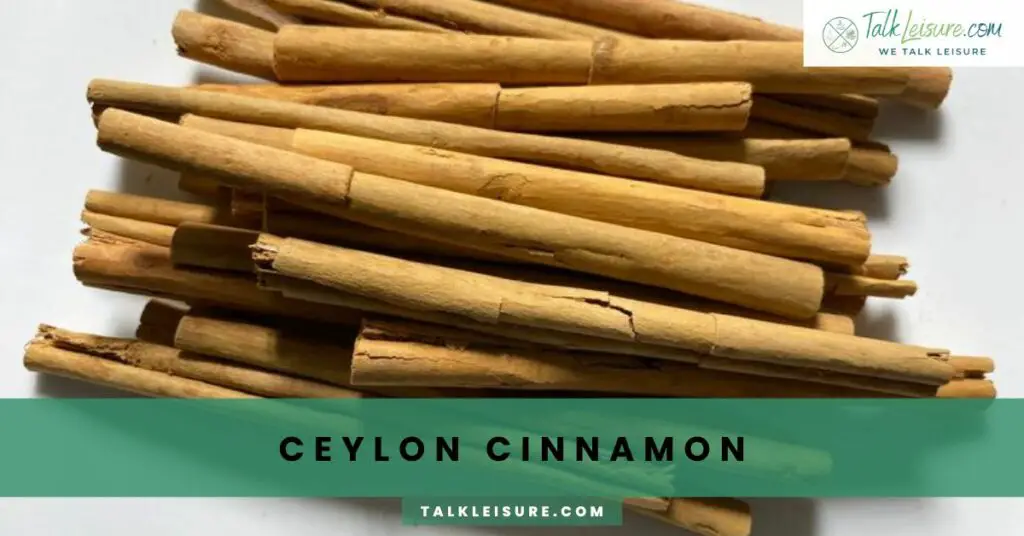
Origin and Characteristics of Ceylon Cinnamon
Ceylon cinnamon, also known as true cinnamon, is a delicate and aromatic spice.
It is native to Sri Lanka and Madagascar, where the warm climate and fertile soil provide ideal conditions for its growth.
Ceylon cinnamon has a light brown color and a delicate, sweet flavor.
Health Benefits of Ceylon Cinnamon
Apart from its delicious taste, Ceylon cinnamon also offers several health benefits.
It is believed to have antioxidant and anti-inflammatory properties, which can help reduce inflammation in the body.
Ceylon cinnamon may also help regulate blood sugar levels and improve insulin sensitivity, making it beneficial for individuals with diabetes.
It is known to have antimicrobial properties that can help fight off infections.
Incorporating Ceylon cinnamon into your diet can be a natural way to enhance your overall well-being.
By choosing Ceylon cinnamon, you not only add a wonderful flavor to your dishes but also reap the benefits of this ancient spice.
Cassia Cinnamon
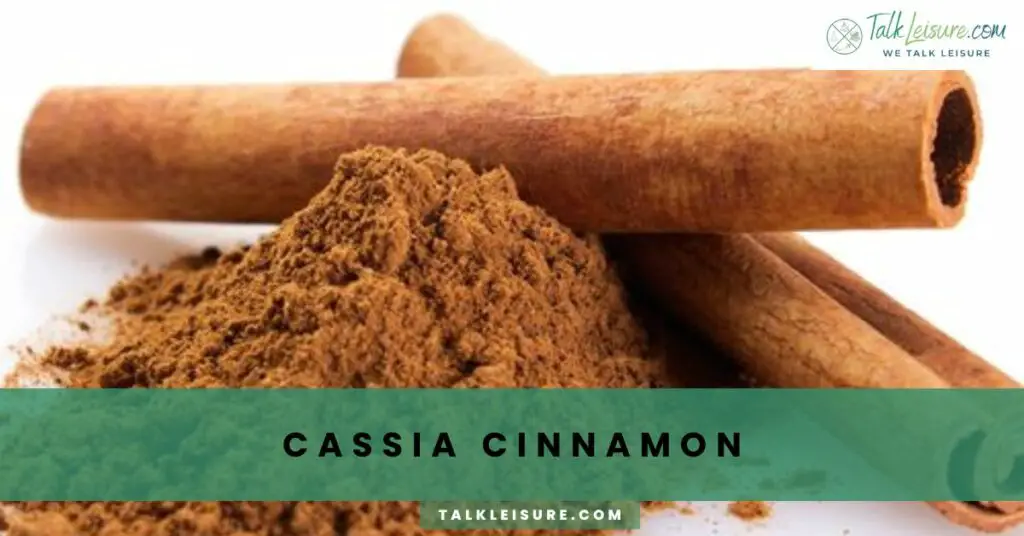
Origin and Characteristics of Cassia Cinnamon
Cassia cinnamon, also commonly known as Chinese cinnamon, is a spice that originates from China and is also grown in other parts of East Asia.
It has a stronger and more pungent flavor compared to Ceylon cinnamon.
Cassia cinnamon has a darker color, usually reddish-brown, and its bark is thicker and harder than that of Ceylon cinnamon.
It is widely used in Asian cuisine and is also a popular ingredient in baking and cooking.
Differences between Cassia and Ceylon Cinnamon
When it comes to choosing between Cassia and Ceylon cinnamon, it is important to consider the following differences:
| Ceylon Cinnamon | Cassia Cinnamon |
|---|---|
| Light brown color | Dark reddish-brown color |
| Delicate, sweet flavor | Strong, pungent flavor |
| Thin and brittle bark | Thick and hard bark |
| Higher cost | Lower cost |
While both types of cinnamon offer health benefits, Ceylon cinnamon is recommended for those looking for a milder flavor and delicate aroma, while Cassia cinnamon is preferred for its stronger taste and affordability.
Saigon Cinnamon
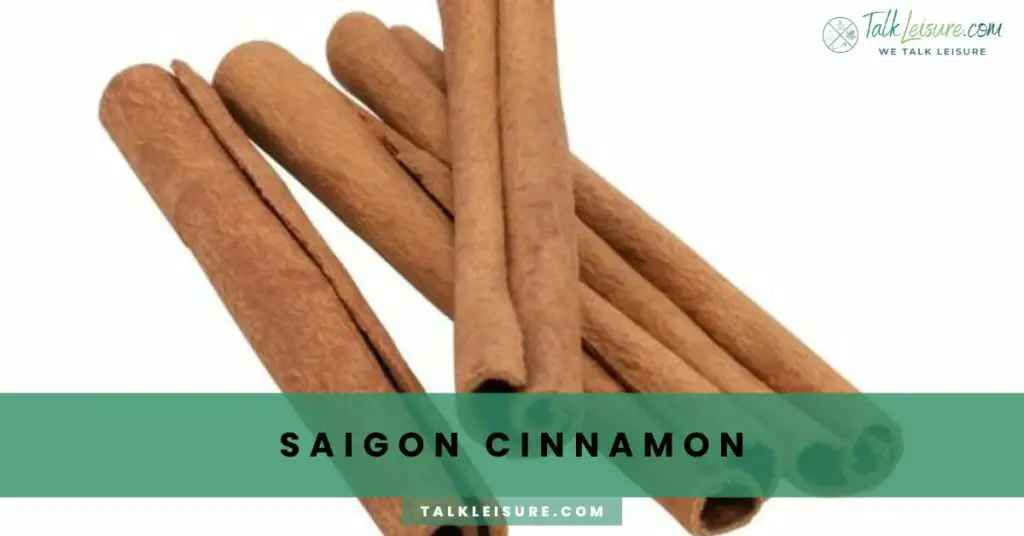
Origin and Characteristics of Saigon Cinnamon
Saigon cinnamon, also known as Vietnamese cinnamon, is a spice that traces its origins to the mountainous regions of Vietnam.
It is harvested from the bark of Cinnamomum loureiroi trees, which are native to Southeast Asia.
Saigon cinnamon has a distinctively sweet and spicy aroma, with a rich reddish-brown color.
Its bark is thicker and more crumbly compared to other types of cinnamon, making it easy to grind into a fine powder.
Saigon cinnamon is highly prized for its potent flavor and is considered one of the finest and most aromatic cinnamon varieties in the world.
Flavor Profile and Culinary uses of Saigon Cinnamon
Saigon cinnamon boasts a strong and intense flavor, with a noticeable heat that adds depth to dishes.
It has a higher essential oil content, making it more potent than other varieties of cinnamon.
Its sweet and spicy taste pairs well with both sweet and savory dishes.
Saigon cinnamon is commonly used in baking, particularly in desserts like cinnamon rolls, apple pies, and cookies.
It is also a popular ingredient in spice blends, adding a warm and exotic flavor to dishes like curries, stews, and even beverages like mulled wine or hot chocolate.
Korintje Cinnamon
Origin and Characteristics of Korintje Cinnamon
Korintje cinnamon, also known as Indonesian cinnamon, is a type of spice that originates from the Indonesian island of Sumatra.
It is derived from the bark of Cinnamomum burmannii trees, which are native to this region.
Korintje cinnamon has a slightly milder and sweeter flavor compared to other types of cinnamon, with a reddish-brown color.
Its bark is thinner and more delicate, making it easy to crumble or grind into a fine powder.
Korintje cinnamon is known for its warm and comforting aroma, adding a subtle spiciness to dishes.
Conclusion
Exploring the diverse world of cinnamon varieties adds a delightful dimension to culinary experiences and health benefits.
From the sweet and mild flavor of Ceylon cinnamon to the bold and spicy notes of Cassia, each type offers a unique profile that can enhance a wide range of dishes, beverages, and even desserts.
The choice between these varieties often depends on personal preference, culinary requirements, and health considerations.
Remember, while cinnamon is celebrated for its taste and aroma, moderation is key, especially for those with health concerns.
Whether you’re a culinary enthusiast or someone looking to incorporate cinnamon for its potential health benefits, understanding the differences between various types of cinnamon is essential for making informed choices in the kitchen.
As you embark on your cinnamon journey, don’t forget to source your cinnamon from reputable suppliers to ensure quality and authenticity.
Experiment with different varieties to discover your preferred flavor profile, and enjoy the versatility this spice adds to your favorite recipes.
Frequently Asked Questions
Which Type of Cinnamon is Best for Baking?
For baking, Cassia cinnamon is often preferred due to its strong and robust flavor. It can add a bold and spicy kick to baked goods.
Is Ceylon Cinnamon Worth the Extra Cost?
Ceylon cinnamon is generally considered to be of higher quality and has a milder, sweeter flavor. While it may be more expensive, some people prefer its taste and opt for it in recipes where the subtlety of flavor is crucial.
Can I Substitute One Type of Cinnamon for Another in Recipes?
Yes, you can substitute one type of cinnamon for another in most recipes. However, be mindful of the differences in flavor intensity. Adjust the quantity based on personal preference and the variety used.
Are There Any Health Concerns Associated with Consuming Cinnamon?
While cinnamon is generally safe when consumed in moderation, Cassia cinnamon contains higher levels of coumarin, which may have adverse effects in large quantities. Those with liver conditions or taking blood-thinning medications should exercise caution and consider Ceylon cinnamon as an alternative.
Can Cinnamon Help with Weight Loss?
Some studies suggest that cinnamon may have potential benefits for weight management by influencing blood sugar levels. However, it’s essential to remember that no single food or spice is a magic solution for weight loss. A balanced diet and regular exercise are key components of a healthy lifestyle.
Where Can I buy Different Types of Cinnamon?
You can find various types of cinnamon at well-stocked grocery stores, spice shops, and online retailers. Ensure you purchase from reputable sources to guarantee the quality and authenticity of the spice.
Best Wishes!








